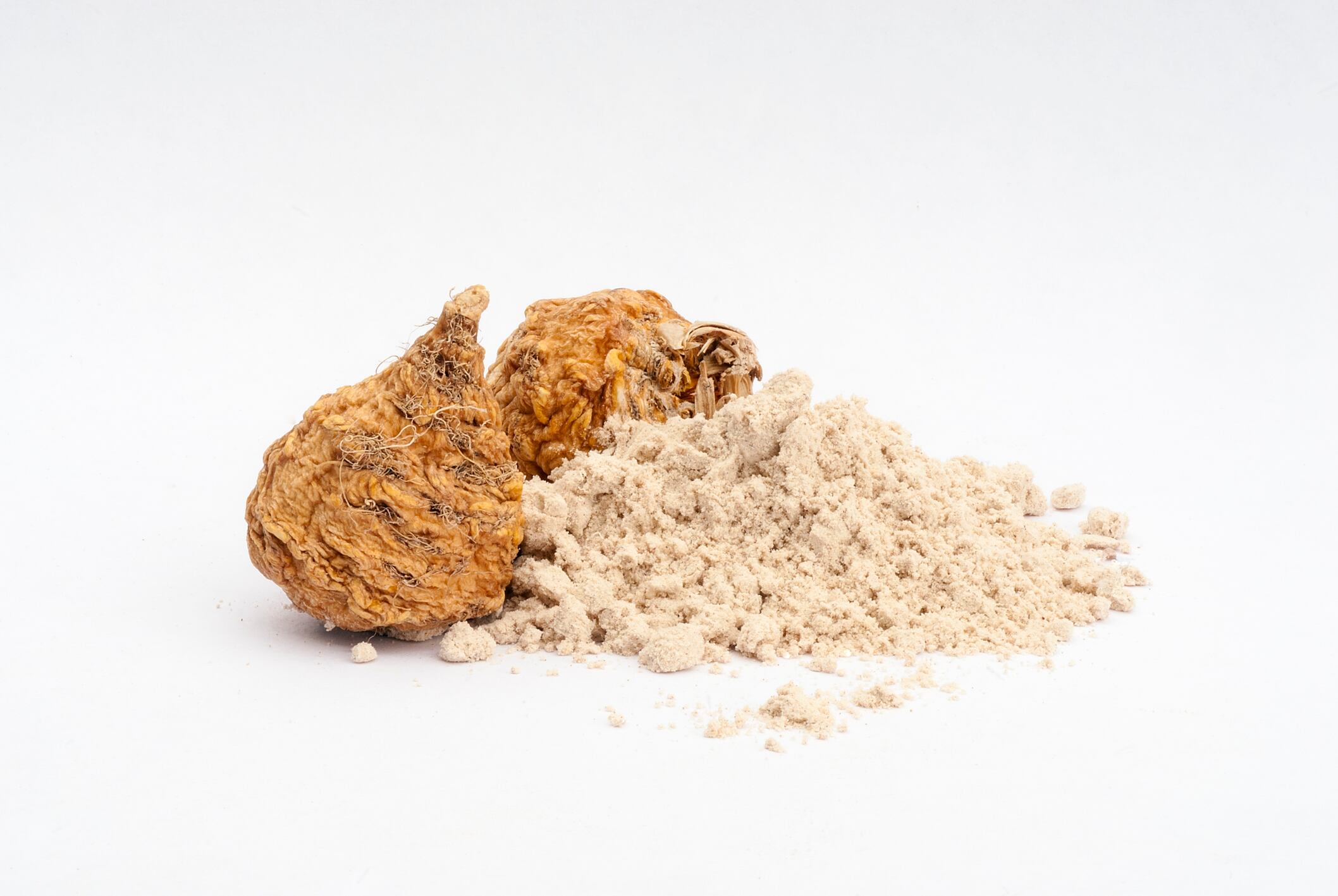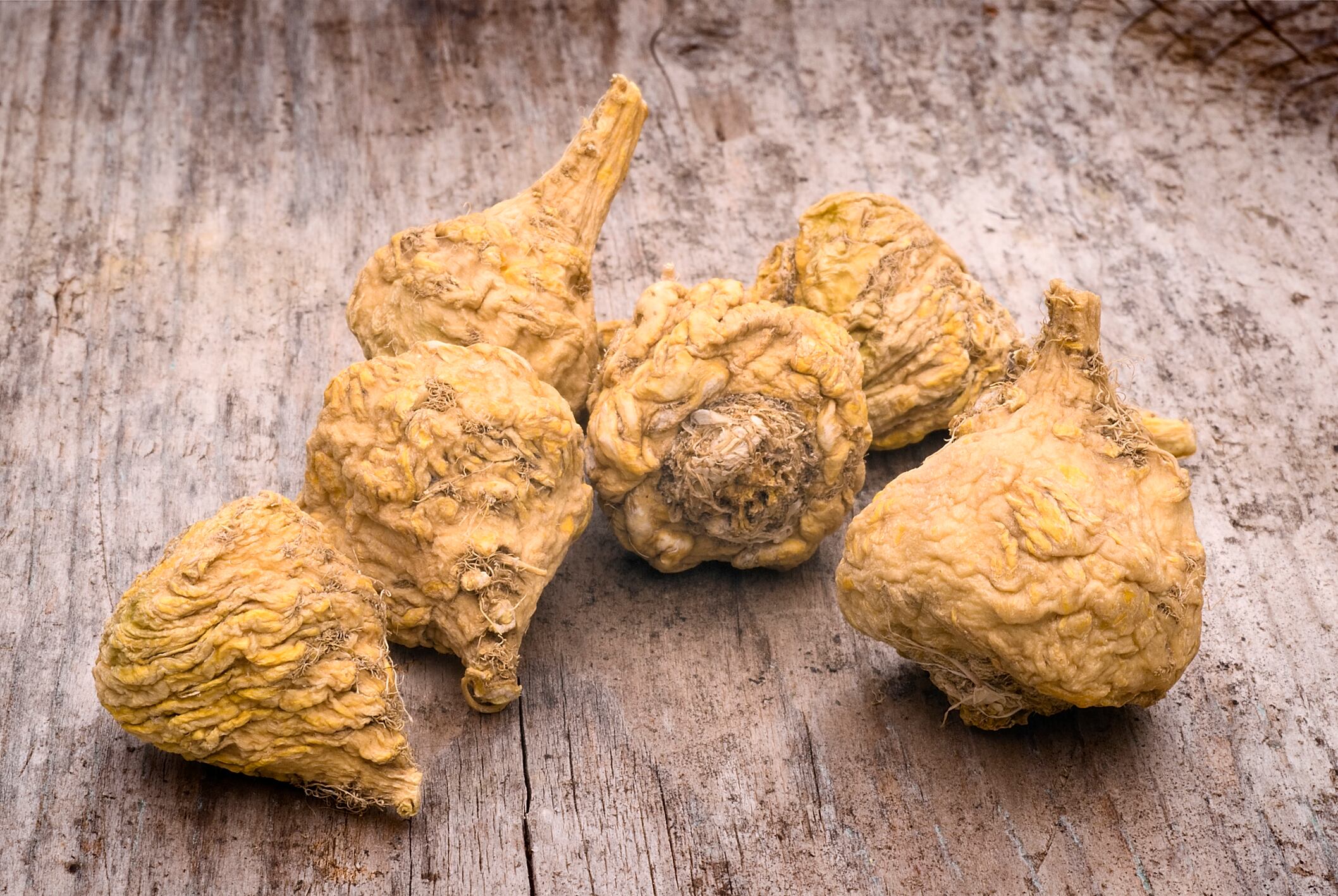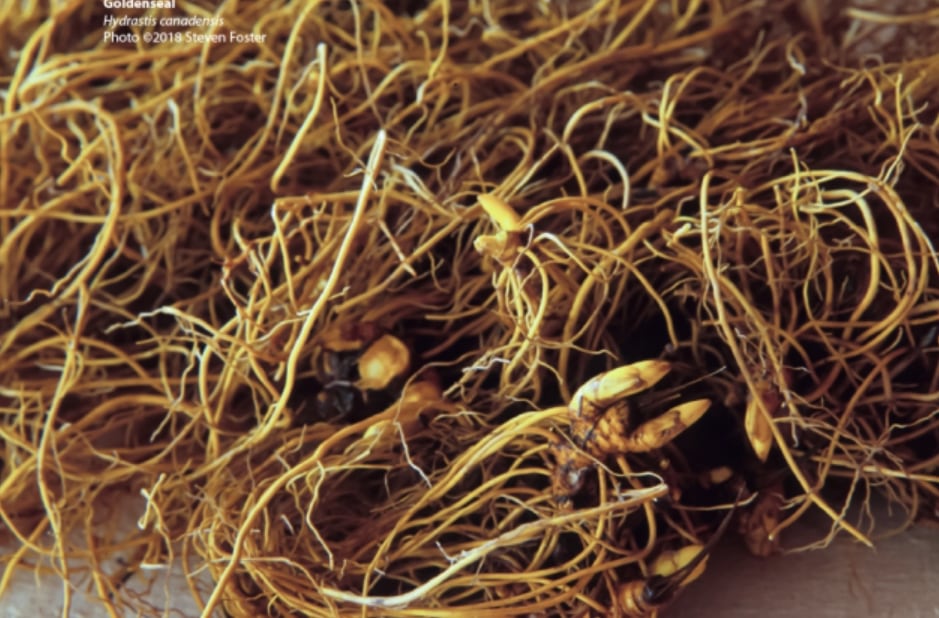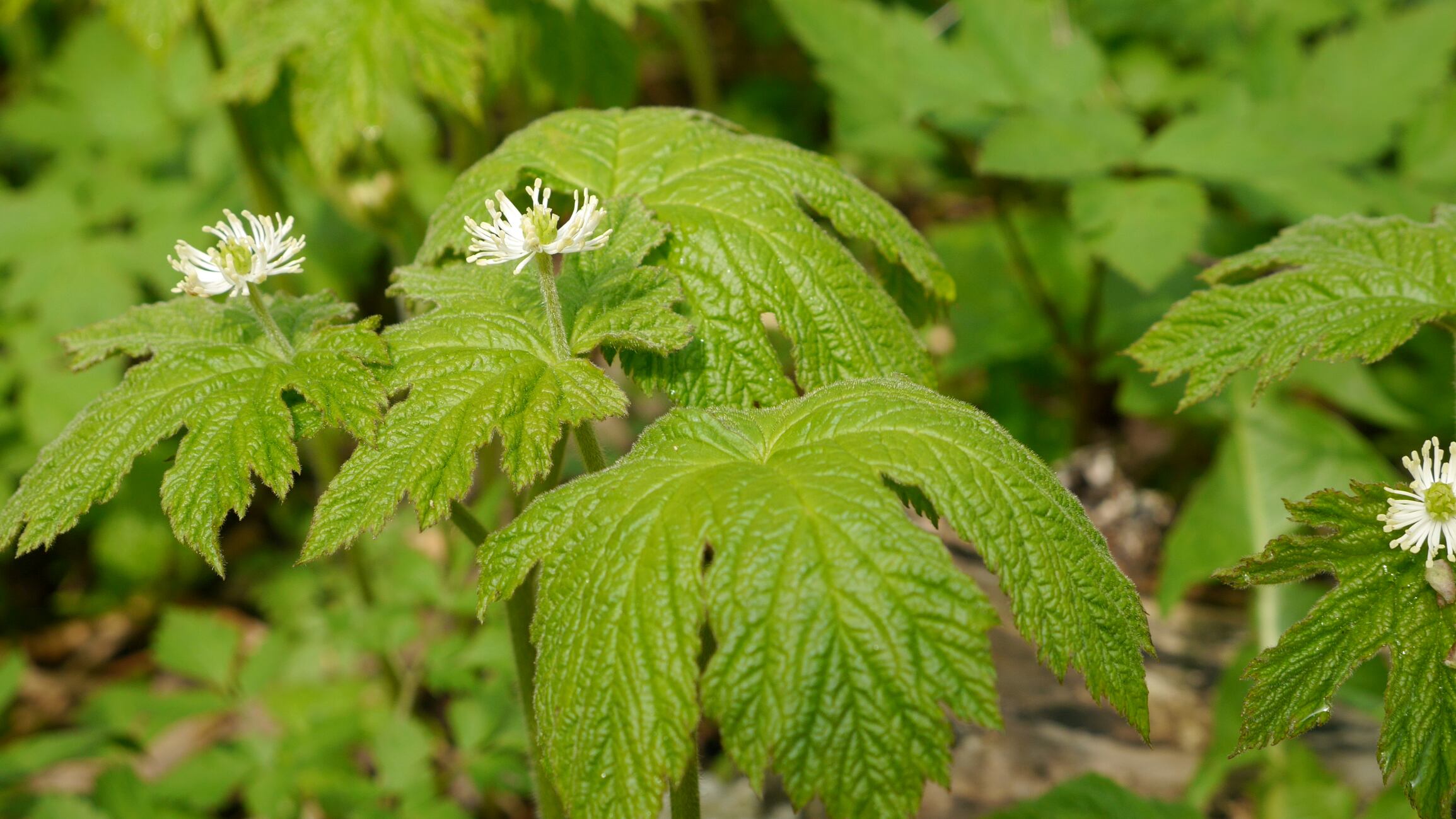Supplements based on maca are relatively recent, with relatively few products on the U.S. market pre-2000. Over the past decade however, maca retail sales have started to increase, holding steady in the US since 2015. According to the recent American Botanical Council’s annual “Herb Market Report”, US retail sales exceeded $15 million in the natural and mainstream channels combined in 2017. Maca ranked 8th in the natural channel and 36th in the mainstream channel.
Adulterants
Maca roots—or specifically for maca, the plant part used is a tuber consisting of the root and the hypocotyl, the stem of a germinating seed just above the root—have been cultivated in the Peruvian Andes for thousands of years as a nutritious food, and have a history of use as medicine to enhance fertility, to provide energy, and for their effects on mood and well-being.
While maca is originally an Andean crop, its popularity in the past few years, especially in Asian countries as a means to enhance sexual stamina, has led to large amounts being grown in China from roots smuggled out of Peru, leading to much uncertainty about supply volume and pricing, states the BAPP Bulletin.
Published reports indicated the undeclared dilution of maca root powders with flour from corn, wheat, or yam. As with other herbal ingredients marketed to boost sexual stamina, there is also evidence of the illegal sale of conventional sexual enhancement drugs like sildenafil masquerading as maca dietary supplements.
Authored by Jeremy Stewart, PhD, vice-president of scientific affairs at herbal products manufacturer Gaia Herbs (Brevard, NC), and Bill Chioffi, former vice-president of global sourcing and sustainability at Gaia, the bulletin summarizes the published data on maca adulteration, details supply chain issues and their consequences for the maca market, and discusses maca’s market importance.

The bulletin also includes a short section on analytical methods to detect adulteration.
“Maca is an example of a formerly obscure herb that has enjoyed recent popularity, and with this increased demand, unscrupulous suppliers have tried to take advantage of consumers by offering maca material adulterated with undisclosed lower-cost ingredients,” said Mark Blumenthal, founder and executive director of ABC and the director of BAPP. “We are deeply grateful to our friends at Gaia Herbs for their compilation of published data and technical information for the maca bulletin.”
Stefan Gafner, PhD, chief science officer of ABC and technical director of BAPP, commented: “The adulteration of maca root ingredients, or any botanical ingredient adulteration, with undisclosed lower-cost material, is unacceptable. It is our hope that these issues will altogether disappear once the supply chain has stabilized. Nevertheless, maca dietary supplement manufacturers should be aware of the potential authenticity issues that can occur.”
BAPP
The bulletin is part of the ongoing Botanical Adulterants Prevention Program (BAPP), spearheaded by the ABC in cooperation with the American Herbal Pharmacopoeia and the National Center for Natural Products Research.
To date, the BAPP has published 16 Botanical Adulterants Prevention Bulletins and 44 peer-reviewed publications in total.




